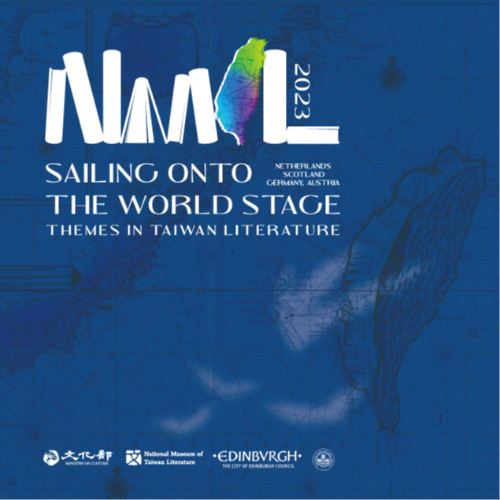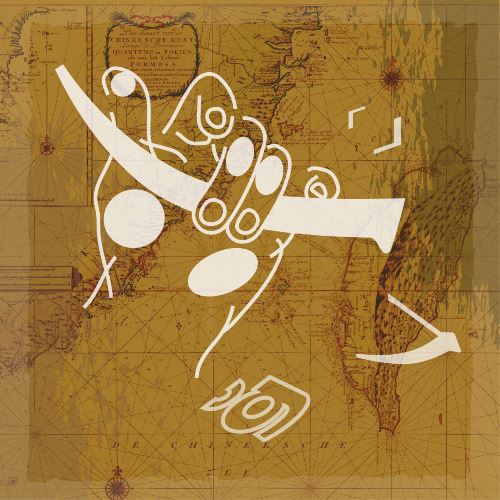
⧉ Ximending Rainbow Six
(Photo by Gao Zanxian, Courtesy of Department of Information and Tourism, Taipei City Government)
Before the 1960s, newspapers published many articles admonishing and discriminating against homosexuals, shaping the public's understandings and misunderstandings of homosexuality. In some works from the 1960s, homosexuality was seen as a symbol of evil. Writers who cared about homosexual situations could only describe same-sex desires in an obscure way. In the 1970s, Pai Hsien-Yung's "Crystal Boys" broke down barriers and vividly displayed the conflicts between homosexuality and family, offering society a glimpse at the marginalized plight of homosexuality.

We listen for the sound of the policemen's hobnailed boots as they march past the green barrier that separates us; the minute we hear that they are invading our territory we scatter and flee as if on command. (...) Our anarchical kingdom can offer us no protection; we must rely on our animal instincts as we grope in the dark for a path to survival.
——Pai Hsien-Yung: Crystal Boys (1988)
Pai Hsien-Yung depicts the atmosphere of father-son estrangement. The main character demonstrates a gay man's struggles under the oppression of a patriarchal system and heterosexual discourse.
With the lifting of martial law in 1987, queer literature publications also exploded onto the scene, raising countless issues in an attempt to engage in dialogue with society. Chiu Miao-Chin's novel, "Notes of a Crocodile," introduced new queer vocabulary such as "lazi" and "crocodile," both of which became self-referential bywords among lesbian communities. In the 1990s, the term "tongzhi" gradually replaced the AIDS-stigmatized term "homosexual" and became a more commonly used word in Taiwanese society.

In the past, I believed that every man carried in him the innate prototype of a woman, and that he would love the woman who most resembled this prototype. Although I am a woman, I also share this prototype of a woman.
My prototype of a woman was the type who would appear in hallucinations at the last moments of your freezing to death at the top of an icy mountain, a mythical beauty who blurred the line between dreams and reality.
——Chiu Miao-Chin: Notes of a Crocodile (1994)
Through the private journals of the "Lazi" protagonist intertwined with crocodile allegories, Chiu Miao-Chin explores the dilemma of lesbian identity and emotional belonging.
In more recent years, gender equality and gender identity are no longer taboos in Taiwan. Novelists of newer generations treat gender diversity as an everyday subject. Queer literature, BL (boy's love), and Yuri (girl's love) have become wildly popular genres.










